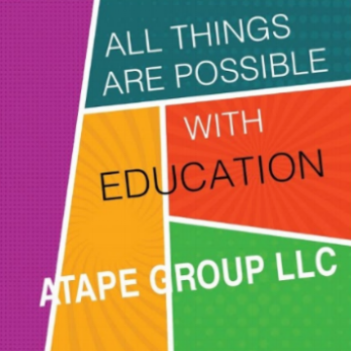The question “What is the difference between treating students fairly and treating them equally?” often arises. Equal means the same. Fair means just and equitable. But, for educators committed to educational equity, we need to reframe that question and ask “How do we treat students fairly so that we have equal educational outcomes?”
In order to treat students fairly, educators must have an equity mindset. An equity mindset begins with an understanding that our country’s unequal educational outcomes are a function of embedded, structural inequity that result in low expectations, deficit beliefs, substandard practices and limited educational opportunities. This is a reality prevalent in many communities of color and communities affected by poverty. An equity mindset is needed to champion a new reality where all students—regardless of race or background—have access to the right educational opportunities which provide what they need in order to be successful in school, throughout college and in life (King, 2018). The right educational opportunities are always rigorous, culturally-relevant, and engaging. Armed with an equity mindset, treating students fairly can really happen.
Here are important ideas to keep in mind:
Treating students fairly means providing students with everything they need in order to be successful.
Treating students fairly means providing students with equal access to the specific kinds of support and depth of support that they need.
Treating students fairly means providing students with rigorous, culturally-relevant and engaging learning (Ladson-Billings, 2009) experiences because every student deserves to be challenged, to see themselves in the curriculum and to enjoy learning.
Treating students fairly means holding high expectations for every child’s achievement and providing each student with unlimited opportunities for success.
Treating students fairly means showing every child exemplars of success and supporting each student along their journey to create work products that demonstrate their brilliance.
Here is what can be done in the classroom:
Provide daily opportunities for students to read, write, speak and listen.
Provide additional support to students who may not have support at home by asking for a volunteer in the school to mentor, read to or tutor a child.
Implement culturally-relevant read-alouds that allow students to access grade-level text with relevance to them and ensure that students have multiple culturally-relevant texts at their independent reading levels (King & Friedman, forthcoming).
Reallocate your time so that you can spend more time with individual students or small groups of students so that you know them and can help them with what they need.
Teach students about equity and equality and the difference between fair and equal so that they understand classroom decisions and practices.
Secure resources through organizations like Donors Choose for your students to supplement what is available and to open access for students who, because of their personal circumstances, need books, supplies, computers, exciting trips, etc.
Work with your colleagues to develop an assessment policy that allows for multiple opportunities for students to redo their work so that every child understands the high expectations you hold for everyone’s success.
Affirm effort, progress and the human being in each child daily.
References
King, S.H. (2018) Advancing the Practices of Millennial Teachers of Color. In Millennial Teachers of Color, Edited by Mary Dilworth. Harvard Education Press.
Ladson-Billings, G. (2009), The Dream Keepers.
King, S.H. and Friedman, T. (forthcoming) Using Culturally Relevant Text to Deepen Student Engagement.
